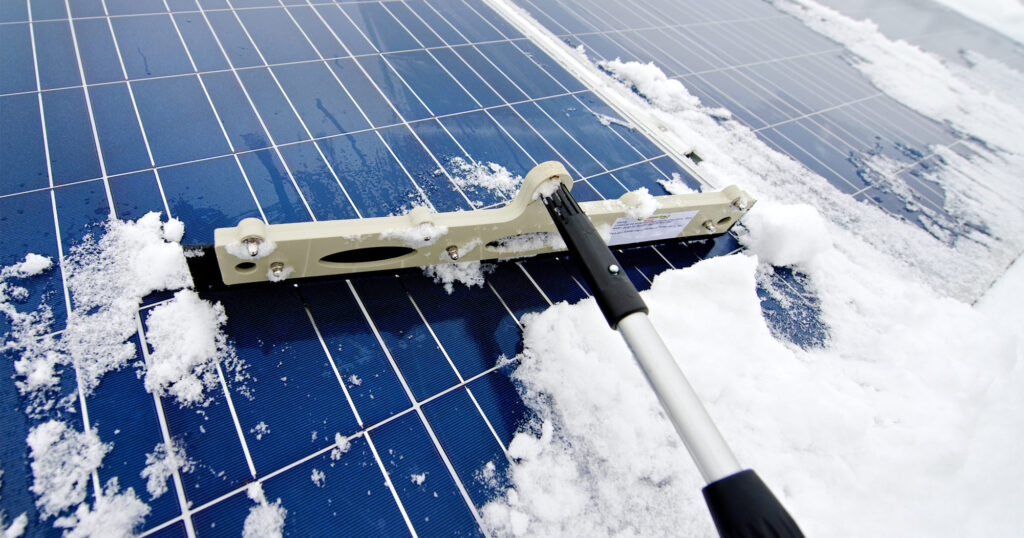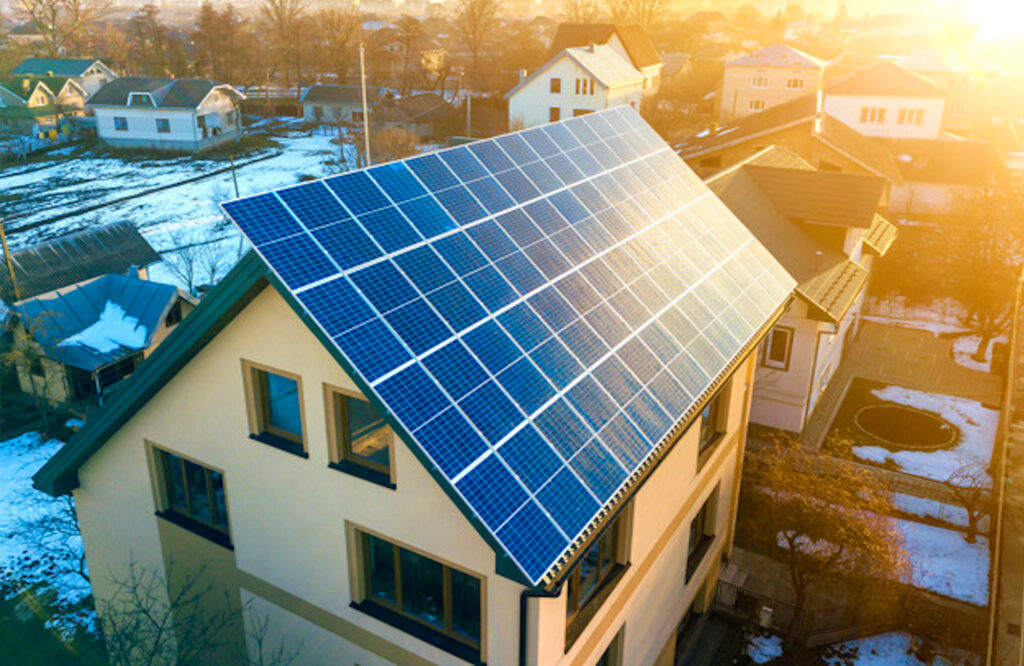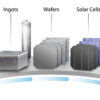The energy transition has been painful and difficult, and even more so this year. Solar energy has become the key to achieving sustainable energy development. Before winter sets in, let’s take a look at how solar panels work in winter.
The hot summer is over and we are approaching a cold winter. According to the United Nations World Meteorological Organisation (WMO), there is a 70% chance of a “La Niña” in the northern hemisphere this winter, with a very high probability of extreme winter events. This is bad news for Europe, which is in the midst of an energy crisis.
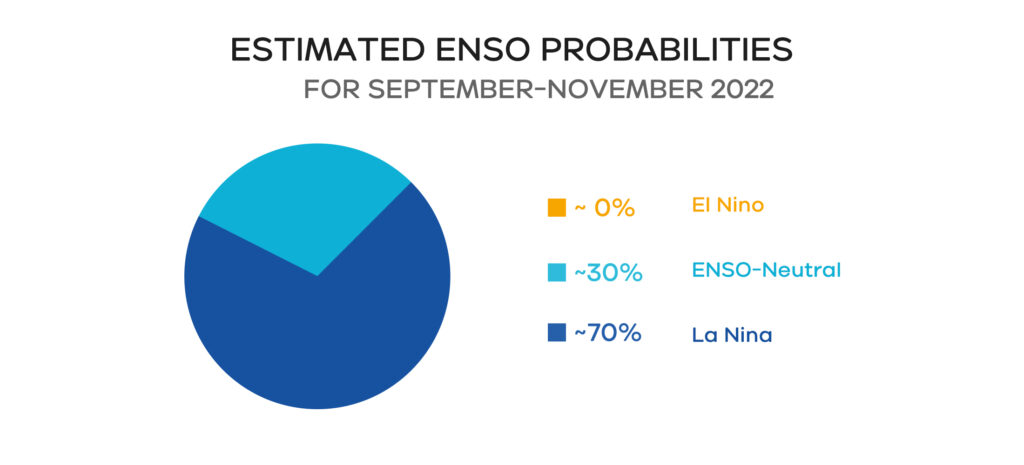
If you have already installed, or plan to install, a photovoltaic system in your home within the next two months, then congratulations, you’re more prepared to face the cold than anyone else. Those solar panels can bring a constant stream of free electricity to your home.
It sounds great, but perhaps you have some concerns about it. Here’s a primer on photovoltaics, which you can skip if you already know.
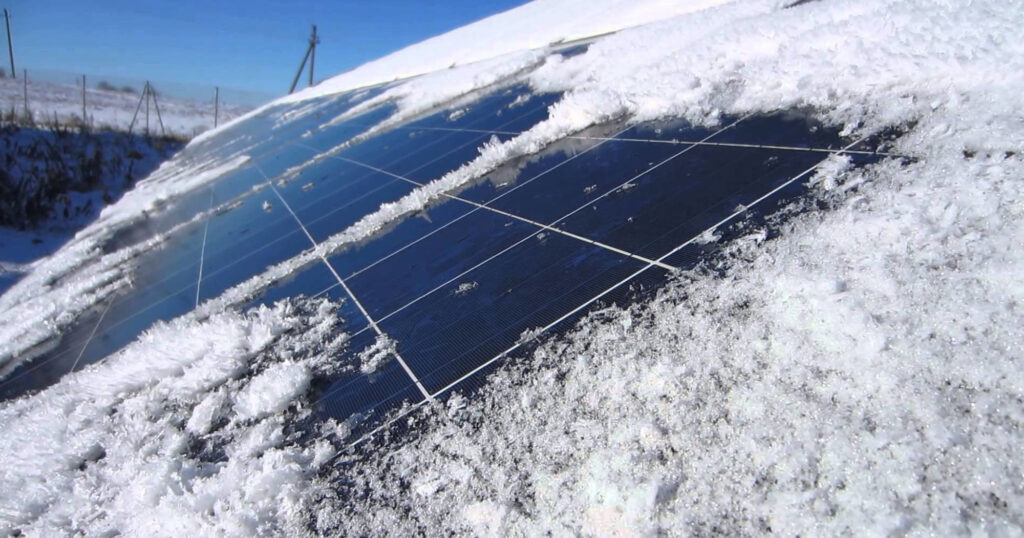
Can solar panels generate electricity when the temperature is so low?
Of course.
Solar PV converts light energy into electricity, not heat. As long as there is sunlight, solar panels can generate electricity all year round. In the same way, it can also answer the question: do solar panels work better in summer or in winter?
Because of the temperature coefficient of the cells, low temperatures can instead increase the efficiency of the solar panels. The lower the temperature, the higher the efficiency.
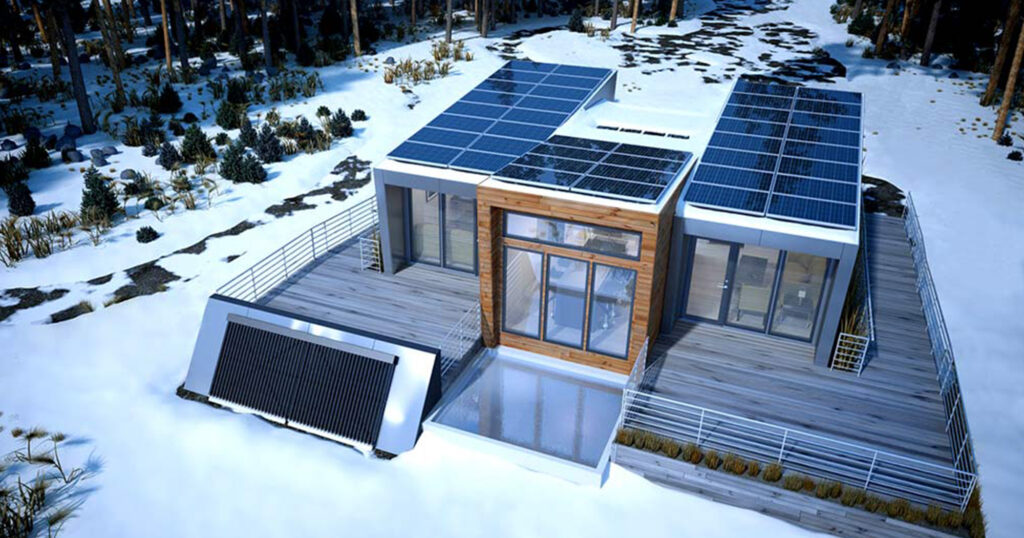
Will PV panels be damaged by freezing when they are outdoors all the time?
No.
Low temperature weather has little effect on photovoltaic panels. PV modules are low temperature resistant and the main materials such as glass, aluminium frames and cells are inorganic. They are very little dependent on temperature, so low temperatures will not freeze PV modules.
However, the plastic backsheets of single-glass modules may become brittle due to ultra-low temperatures, which may affect the module’s service life. For this reason, we recommend that customers in the Nordic region choose double-glass modules, such as the TwiSun series, which are more reliable.
Do my solar panels produce less electricity in winter?
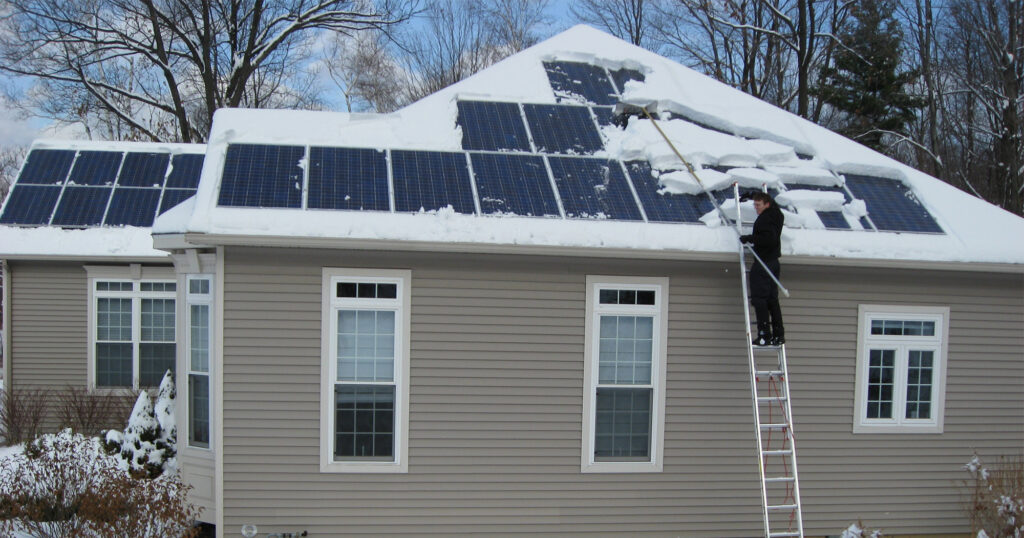
What should I do if my PV panels are snowed in?
Designing the installation to suit the location
Clear snow in a timely manner
